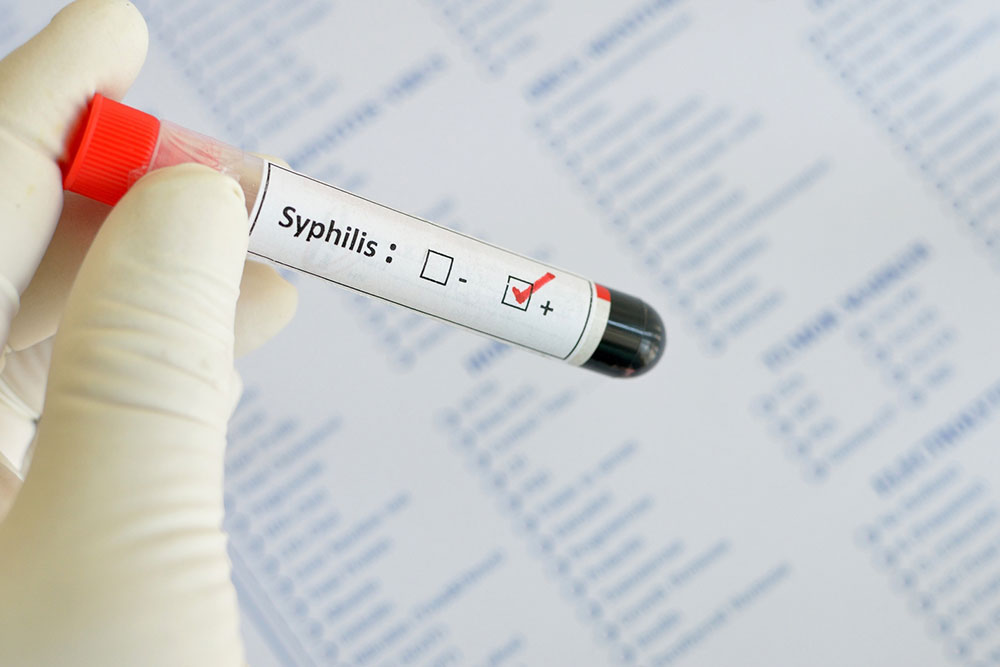Understanding Syphilis: Symptoms and Early Detection
This article provides an in-depth overview of syphilis, detailing its stages, symptoms, and diagnostic methods. Early recognition through symptoms like sores, rashes, and systemic signs is vital for effective treatment. It highlights the importance of understanding risk factors such as unprotected sex and co-infections, emphasizing early testing and diagnosis to prevent severe complications, including neurological and congenital issues.
Sponsored

Syphilis is an infectious disease caused by the bacterium Treponema pallidum. Although cases declined significantly around 2000–2001, recent years have seen a rising trend. Recognizing how the infection spreads and its early signs is crucial for timely treatment and preventing serious health issues. This article covers the stages of syphilis, their symptoms, and key facts about diagnosis and risk factors.
Stages and Symptoms Syphilis progresses through primary, secondary, and tertiary stages, each with distinctive symptoms.
Primary Stage: Symptoms appear 2 to 12 weeks after exposure. A painless, firm sore called a chancre often develops on the genitals or mouth, sometimes with swollen lymph nodes nearby. These sores usually heal within 3 to 6 weeks without treatment, but the infection persists silently if untreated.
Secondary Stage: Follow-up symptoms occur weeks after the first sore heals. Common signs include a non-itchy rash on the palms and soles, fatigue, fever, headaches, wart-like lesions, muscle aches, hair loss, and swollen lymph nodes.
Latent and Tertiary Phases: The latent stage can last for months or years with no obvious symptoms, although infection persists. Post this period, untreated syphilis may progress to the tertiary stage, which can cause severe issues like neurological damage, paralysis, vision or hearing loss, heart disease, and skin rashes.
Congenital Syphilis: An unborn baby can acquire syphilis via the placenta or during birth. Symptoms in newborns include skin sores, jaundice, anemia, enlarged liver and spleen, nasal discharge, and bone abnormalities. If untreated, it may lead to hearing loss, dental problems, premature birth, or other birth complications.
Diagnosis: Doctors diagnose syphilis through detailed medical history and laboratory tests. Blood tests such as TP-PA and various EIAs are used initially, followed by confirmatory nontreponemal tests if needed. For infants, additional tests like microscopy, PCR, or cerebrospinal fluid analysis may be performed. Early detection is vital for effective treatment.
Risk Factors: Higher risk groups include individuals involved in unprotected sex, those with HIV, or people recently exposed to infected partners. Having other STIs increases the susceptibility to syphilis. Early diagnosis and treatment are essential for managing this disease effectively.






